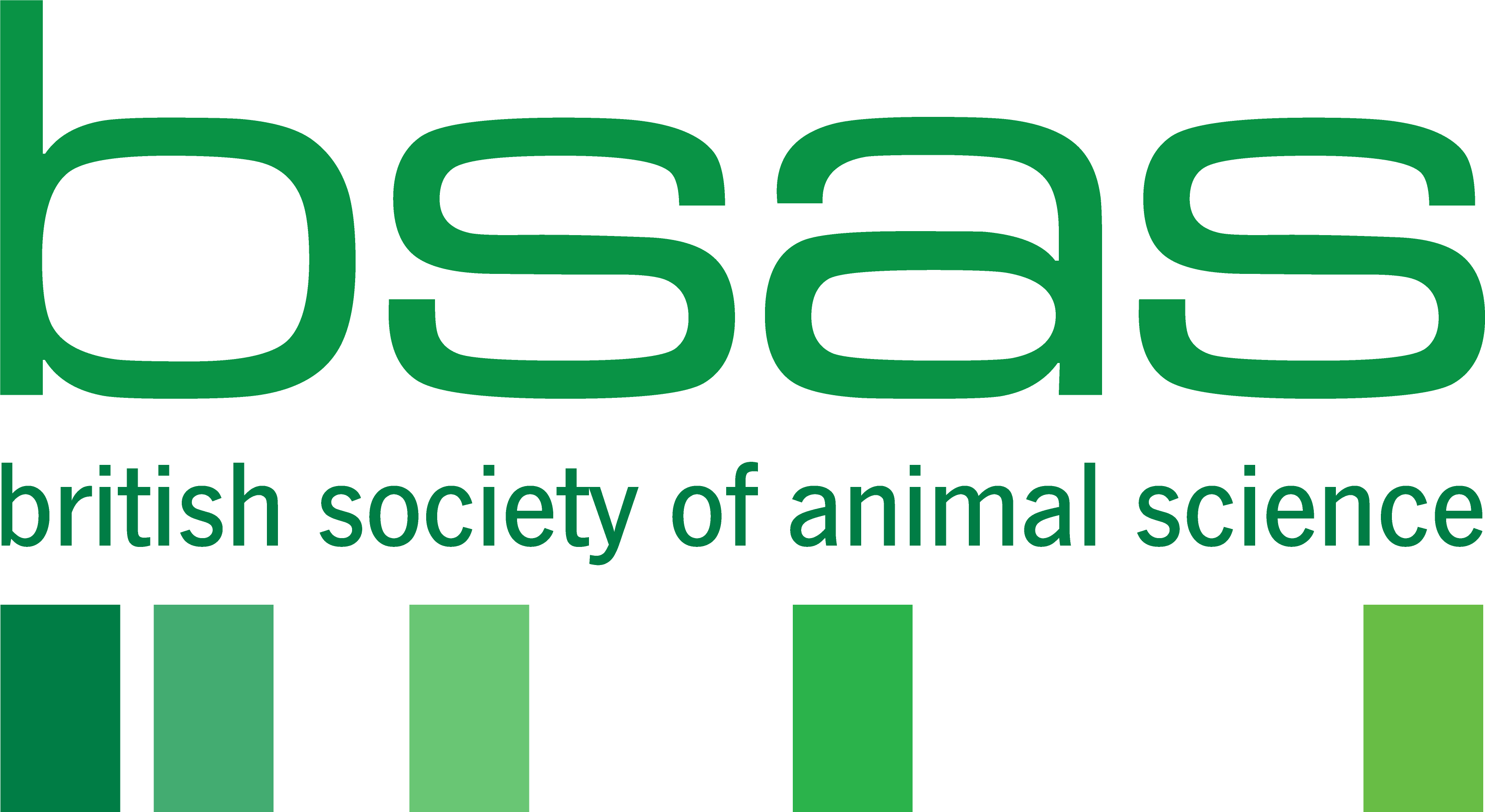Feeding of Reduced Crude-Protein Diets for Sustainable Poultry Production
By Kareem Damilola
Food production (crop or animal) is a contributor to the greenhouse effect. Deforestation occurs for cropping to take place, while livestock production generates biological wastes which are detrimental to the environment. Farming is necessary to produce food and the role of livestock is important in sustainable food production and achieving global food security. However, the environmental impact of livestock production can be mitigated by reducing the crude protein of the animal’s diets, particularly poultry, due to their high demand for crude protein.
A high crude protein diet is detrimental to the environment due to the excess nitrogenous waste released into the environment via the faeces of poultry birds. When excess crude protein is fed to birds, the undigested portion is fermented in the caecum, which produces toxic and harmful compounds that may have adverse effects on growth and performance poultry birds. This brings about the need to devise means to reduce the crude protein of poultry feeds, yet maintaining maximum productivity, which are termed reduced-crude protein diets. A reduced-crude protein diet is described as one with increased feed grain (cereal) inclusions but decreased inclusions of protein-rich feedstuffs such as soybean meal; however, selected amino acid targets are met by increased inclusions of non-bound (synthetic, crystalline, feed-grade) amino acids (methionine, lysine, threonine etc).
Reduced-crude protein broiler diets have been reported to have the potential to reduce the chicken-meat industry’s soyabean meal requirements substantially, which on the one hand will reduce the industry’s over-dependence on soyabean, and on the other hand results in less neotropical deforestation to harvest soybeans. As much as crude protein reduction is advised in poultry diets, moderate reductions of up to 30 g/kg crude protein are quite feasible, as more tangible reductions have been reported to compromise feed conversion ratios (FCR) with associated increases in fat deposition.
Crude protein reductions generate tangible fluctuations in nutrient digestibility and intestinal uptakes of amino acids which have the potential to prompt amino acid imbalances. However, these fluctuations are compounded by further variations in the availability of amino acids, so, the onus may not really lie on the reduced-crude protein. The standard procedure to determine the digestibility coefficients of amino acid is to determine apparent amino acid digestibility coefficients in digesta taken from the terminal ileum (a portion of the small intestine). While this eliminates the confounding effects of hindgut fermentation, it overlooks the fact that protein digestion and absorption of amino acids takes place mainly in the jejunum. Amino acids that remain present in ileal digesta may be derived from the diet, from endogenous secretions or from gut microbiota. Additionally, standardized or true digestibility coefficients of amino acids may be assessed.
Limited research has been carried out on this novel discourse using maize and wheat as energy sources. However, maize-based diets are reported to be more conducive to crude protein reductions than wheat-based diets for broiler chickens, so, maize-based diets are recommended until future research proof otherwise. Feeding reduced-crude protein diets to poultry is advantageous, not only to the environment, but also to animal health, efforts should therefore be made to harness the potential of reduced-crude protein diets to facilitate sustainable poultry production.
References
CHRYSTAL, P.V.; SELLE, P.H.; LIU, S.Y. Facilitating the acceptance of tangibly reduced-crude protein diets for chicken-meat production. Animal Nutrition, 6(3):247–57, 2020.
GREENHALGH, S.; CHRYSTAL, P.V.; SELLE, P.H.; LIU, S.Y. Reduced-crude protein diets in chicken-meat production: justification for an imperative. World’s Poultry Science Journal, 76(3): 537-548, 2020. https://doi.org/10.1080/004393....
LIU, S.Y.; MACELLINE, S.P.; CHRYSTAL, P.V.; SELLE, P.H. Progress towards reduced-crude protein diets for broiler chickens and sustainable chicken-meat production. Journal of Animal Science and Biotechnology, 12: 1-13, 2021. https://doi.org/10.1186/s40104...
SELLE, P.H.; DE PAULA DORIGAM, J.C.; LEMME, A.; CHRYSTAL, P.V.; LIU, S.Y. Synthetic and crystalline amino acids: alternatives to soybean meal in chicken-meat production. Animals, 10(4):729, 2020.
For more information, please contact Damilola Kareem via email: kareemdu@funaab.edu.ng or kareem.damilola@unesp.br
Damilola Kareem is a Master student at the Faculty of Agriculture and Veterinary Sciences, São Paulo State University, Jaboticabal, Brazil. He is currently researching different feed formulations of reduced-crude protein diets and level that yields optimum performance of broiler chickens.
